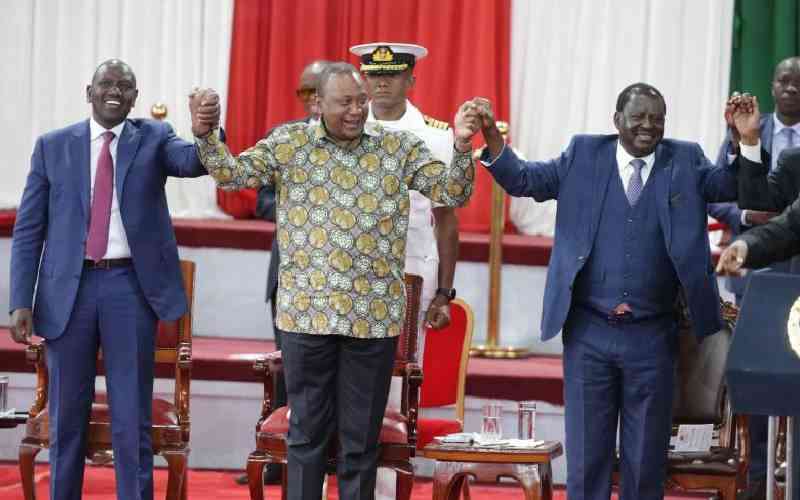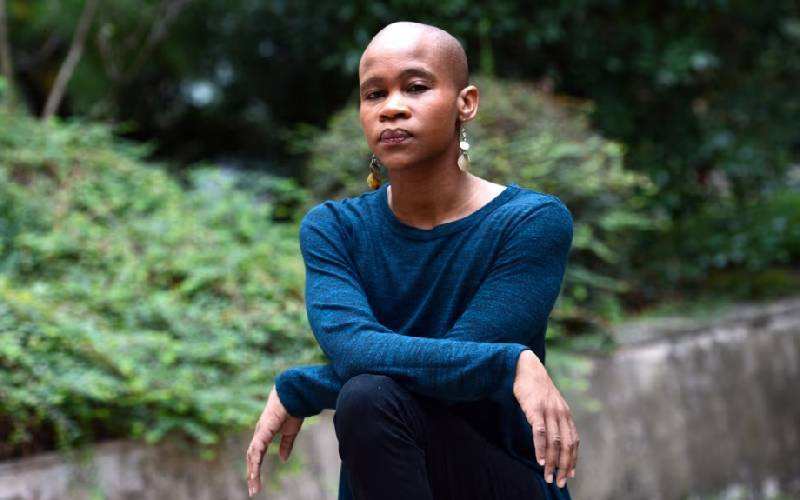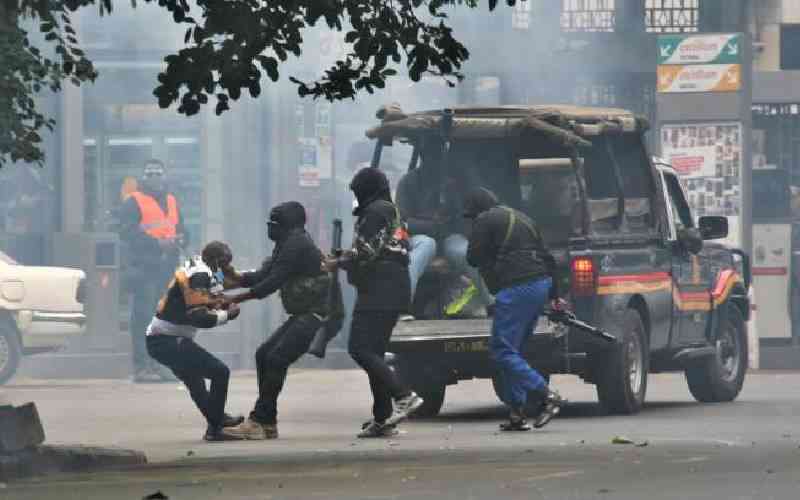In 221 B.C, Qin Shi Huang, the first emperor of China, began the building of what would come to be known as the Great Wall of China. His objective was to protect his newly found kingdom from nomads and marauding Mongolian raiders.
This was possibly the most expensive project as it took the lives of over a million people during its construction phase.
Perhaps as a mockery to its high cost, history records that the wall never protected the empire as most invaders merely bribed the guards and walked in right through the gates.
The Great Wall of China stands tall today as a testament that government policy devoid of proper governance structure is bound to fail, however grand, costly or elaborate, it is.
During the 2019 Madaraka Day celebrations, President Uhuru Kenyatta commenced the process of demonetising the shilling and replacing them with the new generation currency, touted to have stronger anti-counterfeit features. The exercise seeks to meet three objectives.
First, to make the currency conform to the Constitutional provisions that require that no Kenyan currency should have the image or portrait of a person.
Secondly, the government hopes to net in black market cash held in hard currency by graft and drug lords and other dealers.
Thirdly, the State wishes to use this as a tool to fight graft by rendering useless monies held by the corrupt. These are noble ideas, but all indications are that the government will fail.
In November 2016, the Indian government equally launched an aggressive demonetisation programme, withdrawing the Indian Rupee (Rs) 1000 and Rs 500 notes literally overnight.
Prime Minister Modi’s objectives were to fight off the black market, eliminate corruption and starve terrorism of cash. When the Reserve Bank of India released its report last year, it was evident that the experiment failed badly. 99.3 per cent of all targeted cash was returned and had the government allowed it, more would have been returned.
The corrupt and the black market targeted either outwitted the government and managed to retain their wealth or did not exist. On the contrary, the informal sector suffered the most as an acute cash crunch hit the economy. Over one million people lost their jobs as economic growth slowed down significantly.
In principle, demonetisation was a big failure in India.
India is not the only country where the experiment failed. In 1982, in order to reduce tax evasion, curb corruption and manage liquidity, Ghana implemented a demonetisation programme to withdraw its 50 cedi note.
The programme was unsuccessful and led to the public losing faith in the banking system and switching over to physical assets and property, a move that weakened the economy.
Stay informed. Subscribe to our newsletter
In 1984, military-led Nigeria tried to introduce a new currency and in the process collapsed the economy. In 1991 Mikhail Gorbachev applied a demonetisation programme that led to a coup attempt and a subsequent fall of his regime. If this trend is anything to go by, the Uhuru administration has just laid a foundation for its biggest fear; a revolution.
Two years after the turn of the millennium, the European Union (EU) implemented the largest demonetisation programme that spanned well over 12 European countries. The EU began printing new currency in 1998, four years before implementation.
Strategic distribution channels such as banks, retail outlets, post offices were identified and engaged in time.
The public was then given time to convert the currency. This was perhaps the most successful attempt at demonetisation. In Australia, the government merely changed the money material from paper to plastic to enhance its anti-counterfeit features.
Given the singularity of messaging and proper management of public perception, the public bought in and there was a smooth changeover. In Pakistan, the public was given 18 months to avoid a cash crunch. Coming back to CB led process, one wonders if our process has a winning hand!
To ascertain this, let us interrogate the objectives described. First, the new notes have the portrait of the first president of Kenya, Mzee Jomo Kenyatta at the Kenyatta International Conference Centre.
Other observers have also said that it has the images of athletes, students and Interior Cabinet Secretary Dr Fred Matiang’i.
On the face value, it seems to have failed the constitutional test from the start. There are already two court cases challenging it.
Secondly, the move seeks to net in or render useless the black market cash held in private hands. From the news that we have been treated to in the past, it appears that the men who need money laundering services are deep in government.
There are at least three governors and three parliamentarians suspected of being involved in the drug trade. Other governors are merely accused of stealing from the public with their family members. Of recent was the story of a fake gold scam involving the high and mighty. Thus one wonders, who are we targeting with the move, when all the suspects are in government, with unlimited access to State intelligence reports and policy plans.
They expected this move and could have prepared adequately - either through buying foreign currencies or shipping their cash beyond our borders or laundering it through real estate, shady deals and government tenders.
Expectingthe rich and powerful ‘dark community’ to fail on demonetisation is akin to expecting the Mugumo tree to fall under a drizzle. Can demonitisation stop graft? The same way the wall of China could not stop the attacks from neighbours, is the same way currency can’t stop ggraft. At this stage, even a blind man can see that the fight against graft is a song by the bourgeois to drown the war chants of the masses. Neither the president nor his deputy has castigated members of their teams mentioned in the graft. Nor do we expect them to. It then follows that the corrupt officers will work in concert with the juniors at CBK and banks to ensure that their vast loot has an inlet into the primary economy.
Even if 100 per cent of the Kenyan currency is returned to CBK’s strong rooms, it will be difficult to know which money is black or from illegally gained wealth unless a proper investigation is done and a court process is pursued to its conclusion.
Four months is short to effect a proper demonetisation programme. Unless CBK has printed over 200 million currencies already, market jitters will create a cash crunch resulting into lower consumption and loss of jobs in the informal sector. Demand for foreign currency is also expected to rise as foreigners hedge their positions and smaller players in the black market fight to preserve wealth. A weak currency will negatively affect investments and slow down economic growth.
-The writer is the CEO of Elim Capital Ltd
 The Standard Group Plc is a
multi-media organization with investments in media platforms spanning newspaper
print operations, television, radio broadcasting, digital and online services. The
Standard Group is recognized as a leading multi-media house in Kenya with a key
influence in matters of national and international interest.
The Standard Group Plc is a
multi-media organization with investments in media platforms spanning newspaper
print operations, television, radio broadcasting, digital and online services. The
Standard Group is recognized as a leading multi-media house in Kenya with a key
influence in matters of national and international interest.
 The Standard Group Plc is a
multi-media organization with investments in media platforms spanning newspaper
print operations, television, radio broadcasting, digital and online services. The
Standard Group is recognized as a leading multi-media house in Kenya with a key
influence in matters of national and international interest.
The Standard Group Plc is a
multi-media organization with investments in media platforms spanning newspaper
print operations, television, radio broadcasting, digital and online services. The
Standard Group is recognized as a leading multi-media house in Kenya with a key
influence in matters of national and international interest.









